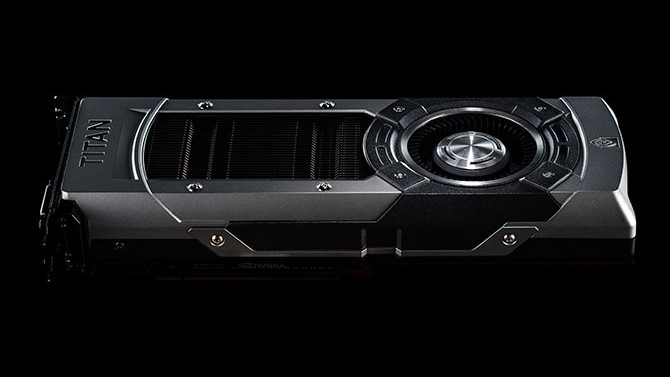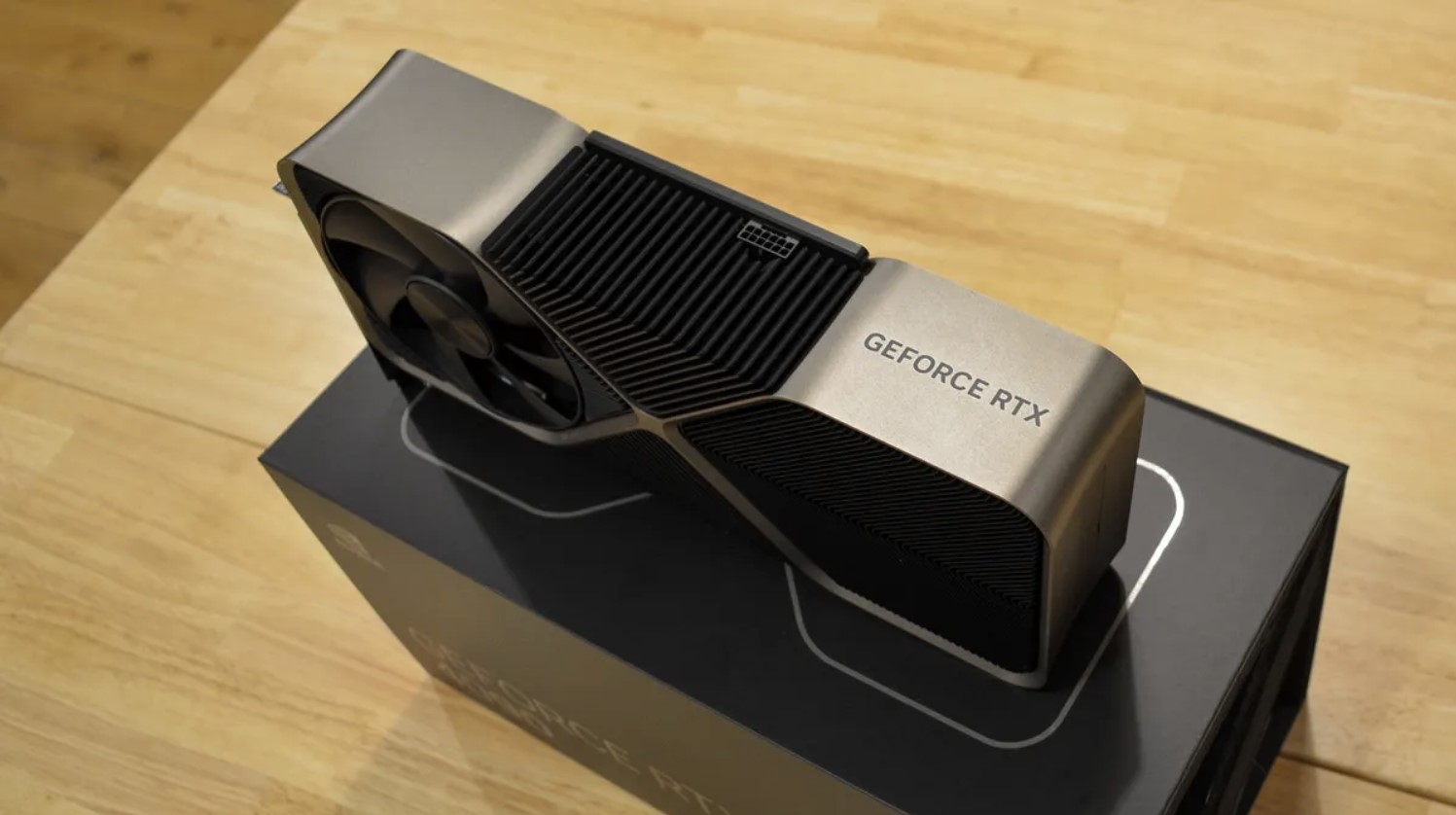Nvidia’s GTX Titan gets benchmarked with modern games – and this wallet-destroying GPU is a shadow of its former self

If you’ve ever wondered how a really old flagship graphics card might perform with contemporary PC games, well, wonder no longer – we now have an answer to that poser.
The GPU in question is the original Nvidia GTX Titan, launched in 2013, and retested 11 years down the line by PC Games Hardware (a German site, via Tom’s Hardware).
This was a flagship built on Nvidia’s Kepler architecture, and the first graphics card to shoot up in price to hit the thousand-buck mark in the US (and in line with that elsewhere), which caused more than a few raised eyebrows at the time as you can imagine.
For that money, it sported 2,688 cores, 6GB of VRAM, and a whopping 876MHz boost clock (yes, this was a long time ago).
So, how does the original GTX Titan perform now? Badly, is the short answer.
The slightly longer reply is that a big part of the wonkiness here is that the GTX Titan doesn’t run many modern games – at all. Mainly because the software side of the equation has moved on a lot since 2013, and the Titan lacks support for contemporary features.
Indeed, the Titan was released before DirectX 12 even came out, so it requires software emulation to support DX12 titles, and that in itself is a spanner in the performance works, as you might imagine (compared to hardware-level support).
Sign up for breaking news, reviews, opinion, top tech deals, and more.
It’s not like the GTX Titan can’t run any contemporary games, though, but even in those cases, PC Games Hardware discovered performance levels that were distinctly lacking.
To take a high-profile example, Cyberpunk 2077 worked, but the Titan could only achieve 12 frames per second (fps), and that’s without ray tracing (which obviously isn’t supported by the old GPU anyway).
Some less taxing games could run at decent frame rates, mind, like Diablo 4 which got close to 50 fps, a smooth experience. Most titles that worked, though, were under 30 fps, or could only just about reach that level (which is regarded as the bare minimum for a passable frame rate).
Overclocking the Titan to 1,250MHz (a major boost) did help, though, and meant that Control (not a particularly new game, it has to be noted) could be run at 33 fps for example (better than the 25 fps witnessed at default clock speeds). On the whole, though, this was a distinctly underwhelming performance for a grand’s worth of GPU.

Analysis: Trash of the Titan – but what did you expect?
It might have been a grand’s worth of GPU, but we still have to remember that the GTX Titan is over a decade old – pretty ancient in tech chronology. Is it any surprise that the Titan does pretty badly with cutting-edge games, or even those which are a few years old? Not at all, frankly.
As we’ve already touched on, there’s a lot more to a graphics card than its raw spec. Not to say that this isn’t important, but it’s not just about the hardware aging, but the GPU falling behind in software and driver advancements (and game optimizations) to compound the misery. Not to mention missing tech like upscaling (DLSS).
It is interesting to see, however, just how far behind the GTX Titan has fallen, and have this laid out bare with some benchmarks showing even AMD’s lowly RX 6400, as a contemporary comparison, beat the old Nvidia flagship in three-quarters of games tested (at stock clocks, mind).
All of this begs the obvious question: how will the even more expensive RTX 4090 fare a decade after its release? (Sidenote: It’s telling how we can reminisce about a time when flagship GPUs were ‘only’ a thousand bucks – although the GTX Titan almost doubled the cost of a top-of-the-line board when it emerged, so it started this unfortunate trend, really).
Well, we don’t know the answer to that, but we’re guessing the Lovelace flagship will remain more relevant when 2032 rolls around, but it will clearly still be out of date. Our reasoning for why the 4090 will fare somewhat better? Well, we can look at how the likes of the GTX 1080 Ti have aged, which is now seven years out, and is still doing okay if you dial back settings at 1080p resolution.
Interestingly, another German site, Computerbase, recently performed a comparison of older mid-range GPUs to contemporary models, and the GTX 1070 fared reasonably – though it was still 10% slower than an RTX 3050 (8GB) and obviously lacked newer features like DLSS.
Not even one of the best graphics cards of the past is going to perform all that well at the decade-old mark, mind you, but the RTX 4090 is likely to make a better fist of things than the original Titan.
You might also like
Darren is a freelancer writing news and features for TechRadar (and occasionally T3) across a broad range of computing topics including CPUs, GPUs, various other hardware, VPNs, antivirus and more. He has written about tech for the best part of three decades, and writes books in his spare time (his debut novel - 'I Know What You Did Last Supper' - was published by Hachette UK in 2013).